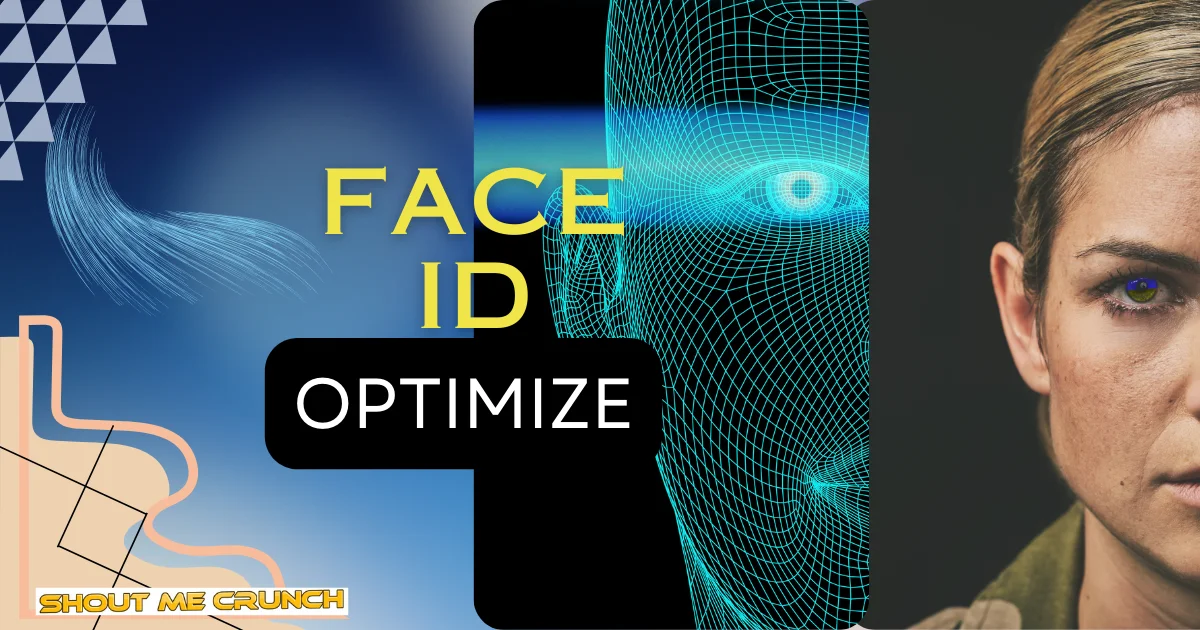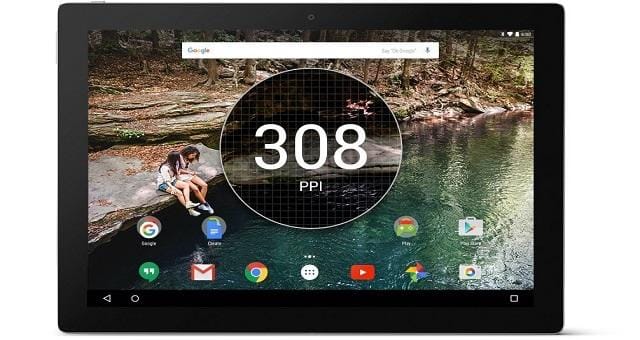Face ID checks actively prevent sensitive data fabrication in a world where such data is highly insecure. Over time, the biometric verification process has made many advancements. The AI-powered verification services explore new approaches to customer verification. Companies can incorporate face ID checks where customers’ identities are verified using their facial characteristics.
Face ID check refers to verifying an individual’s facial features through camera scanning to check their identity. The verification of face id ensures that businesses protection from any unauthorized entity, and they can use this technology to keep track of employee attendance while ensuring compliance with the company’s anti-money laundering regulations. Face ID checks are essential for firms that are operating remotely.
What is Face Recognition?
Face recognition is a powerful technology that uses artificial intelligence to identify a person’s identification based on their face. This is a very recognizing process for identification. It operates similarly to a digital fingerprint scanner. Actually, it can assess facial traits from a picture or video and compare them to a database of recognized faces. That is the main thing of recognition. This process includes three main steps:
Detection: The system first looks for a face within an image or video frame.
Analysis: Facial recognition algorithms identify facial information as the distance between two eyes, jawline shape, and facial contouring. That scanning process helps to define the feature.
Recognition: Finally, these traits match to a database of faces in order to identify the person or confirm their identification across many photos.

Face recognition systems have become more innovative and reliable progress in deep learning algorithms. That makes the process easier. This has resulted in the emergence of AI-powered verification services across a variety of industries:
Security Systems:
Facial recognition can identify authorized workers or detect intruders in a security system.
Law Enforcement:
Law enforcement can use to help identify criminals by matching faces in surveillance footage to databases.
Border Control:
Airports and border crossings are increasingly using facial recognition to facilitate travel by authenticating passports.
Consumer Devices:
Using Face ID to unlock your phone is a typical application of facial recognition in everyday life.
Financial Services:
Banks may use customer facial recognition to ensure online security transactions and account access.

As facial recognition technology advances, it offers a future full of innovative applications. That is highly useful nowadays. However, it is critical to address the possible privacy risks and ethical implications of this powerful instrument.
When Face Recognition Fails?
Although effective, facial recognition could be better. Ordinary circumstances might lead to recognition failures. There are different causes behind this. Poor lighting, low image quality, and camera angles that mask face features can all fool the algorithm. Facial changes due to ageing, hairstyles, and even makeup can all throw things off. For this, sometimes face ID cannot detect
a person’s identification. Additional issues occur from bias in training data, which results in increased error rates for specific groups.
To overcome these difficulties, initiatives centered on enhancing data quality and eliminating prejudice. It is an effective process for identification. Using a variety of datasets during training allows the system to detect faces in different forms. Furthermore, advances in algorithms that account for position, lighting, and facial expressions are increasing accuracy. You always have to careful about face ID detection.
Key Areas of Implementation
Face ID verification can benefit businesses that involve highly risky audiences as it uses advanced 3D liveness detection features. It protects industries from various issues. Face recognition can use in several areas, such as:
Identity Verification
Face ID checks are essential in verifying the customer’s identity remotely without being physically present at the site. Businesses can use this feature to compare the client’s current data with a pre-existing database. A person’s identity as part of the enterprise can verify by examining their facial traits, such as shape and structure. Face ID is the unique identity of a person. According to a survey, the facial verification market will be worth $5.71 billion by 2024.
Detection of Spoofing Attacks
The advanced facial recognition technology uses 3D face algorithms and liveness detection to prevent the occurrence of spoofing attacks. Using this feature to analyze a person’s behavior, businesses can examine whether the person they are dealing with is real or fake. This can prevent spoofing attacks in business operations. This method ensures that the company complies with the Know Your Customer regulations.
Fraud Detection
Companies can incorporate the use of facial identity recognition to protect the company’s identity from fraudulent activities. A person’s facial characteristics complicate to manipulate because of the complexity and uniqueness of every person’s facial features. Therefore, fraudsters find it difficult to falsify the facial features. The fraudsters usually give when they ask to provide a photo for identification because they don’t want to reveal their device’s data.
Age Authentication
The photo identity verification process can verify a person’s identity and age by corresponding the person’s facial features with the provided identity documents. This is an essential aspect of preventing minors from accessing adult content. Companies can use advanced AI-powered verification services to compare facial characteristics with advanced age verification procedures.

Authorization
Businesses can incorporate facial identity verification features to promote two-step verification. This helps companies to recheck whether the client is a legal entity or fake with a single camera click. It is an excellent company protection tool because it protects sensitive data and prevents identity theft.
Use Cases of Face ID Checks
Facial recognition services use in several industries to promote secure transactions and improve overall user satisfaction. Some of the sectors where face ID checks uses given below:
Airport Access Control
Face ID checks commonly use at airports. Passengers can bypass the passport check by entering through an electronic control gate without waiting in long queues. This enhances the passenger’s traveling experience and improves security while removing human errors that may occur if passports are verified manually. Immigration and passenger boarding now go through facial recognition.
Warehouses and Factories
Warehouses and factories contain large amounts of products before shipping them worldwide. These industries must equip facial recognition features so that only authorized individuals with licenses can access and operate the machinery. Face ID verification can also prevent any unauthorized person from accessing the working premises, hence enhancing the security from fraudulent activities.
Fintech Industry
The fintech sector verifies the customer’s identities by authenticating government-issued identities with secondary documents using facial recognition services. This industry complies with KYC regulations, which helps prevent fraud. As fintech companies add face ID checks in their KYC process, they can easily scan government-issued documents and compare them with live photos of the individual. It may use to open a bank account, conduct cardless ATM transactions, and apply to an insurance policy.

Law Enforcement Sector
Photo identity verification is a valuable feature in the law enforcement sector. It usually uses to solve criminal activities. Lost or unconscious people can identify using face check ID. Because officers can assist such people by matching their faces with their IDs using face recognition practices.
Conclusion
Face ID check is an incredible feature that incorporate into a business’s operation to promote the data security and accuracy of an individual’s identity. It is becoming widely useful in various business sectors because of its advanced features that promote efficient business practices. In the future, all industries will likely adopt this feature to protect identities and prevent identity fraud.


